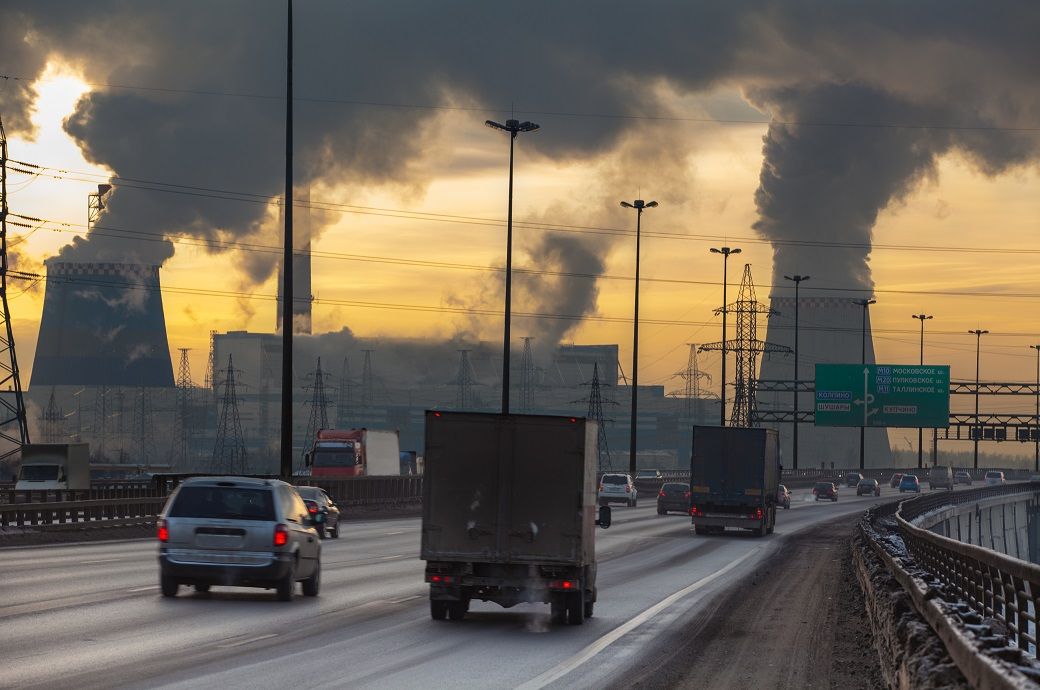
As in the previous quarter, high natural gas prices led to lower natural gas consumption in the first quarter of 2023. As a result, the built environment (homes, offices, schools, care institutions, etc) and manufacturing emitted 12 and 8 per cent fewer GHGs, respectively, than in the same quarter of 2022. Manufacturing and the built environment make the largest contributions to GHG emissions in Q1, with shares of 27 and 19 per cent, according to Statistics Netherlands (CBS) and the National Institute for Public Health and the Environment (RIVM)/Emissions Register.
GHG emissions from mobility were 10 per cent higher in the first quarter of this year than in Q1 2022. Emissions were therefore almost back to pre-coronavirus levels. This is mainly because 22 per cent more petrol was used. Diesel consumption was 4 per cent higher than in Q1 2023.
In Q1 2023, the Dutch economy emitted 3.3 per cent less CO2 than in Q1 2022, while gross domestic product (GDP) rose by 1.9 per cent in the same period. The drop in emissions from the Dutch economy is mainly due to lower natural gas consumption by households and manufacturing. On the other hand, the consumption of petrol by households was considerably higher. Adjusted for the weather effect, the decline in CO2 emissions amounted to 5.3 per cent.
The transport sector emitted 8.8 per cent more CO2, while value added was 3.4 per cent lower. The higher emissions were mainly due to the partial recovery of aviation. CO2 emissions from aviation were over 18 per cent higher than in Q1 2022. Emissions from inland shipping were also higher. On the other hand, emissions from maritime transport were lower than in Q1 2022.
Fibre2Fashion News Desk (NB)